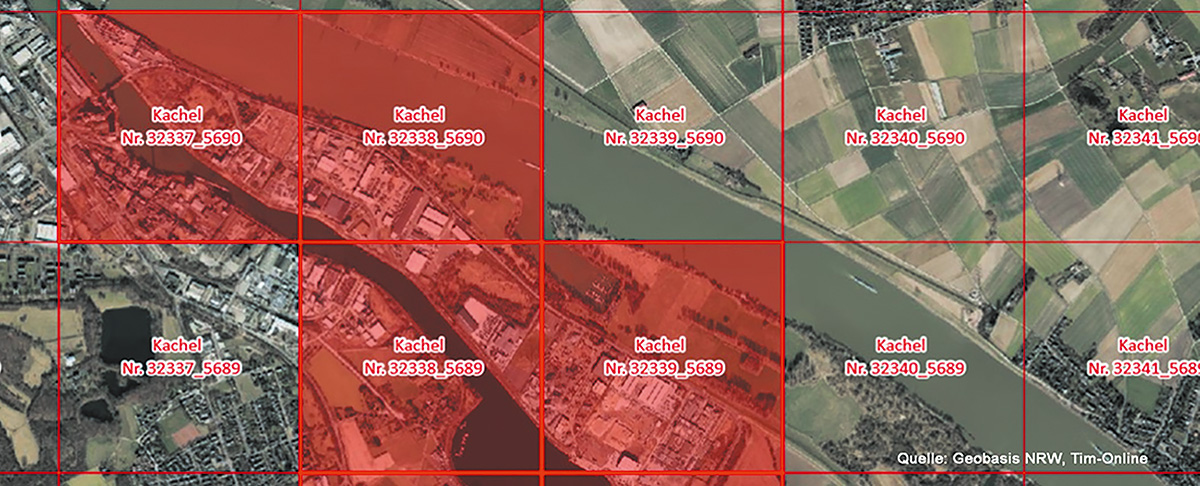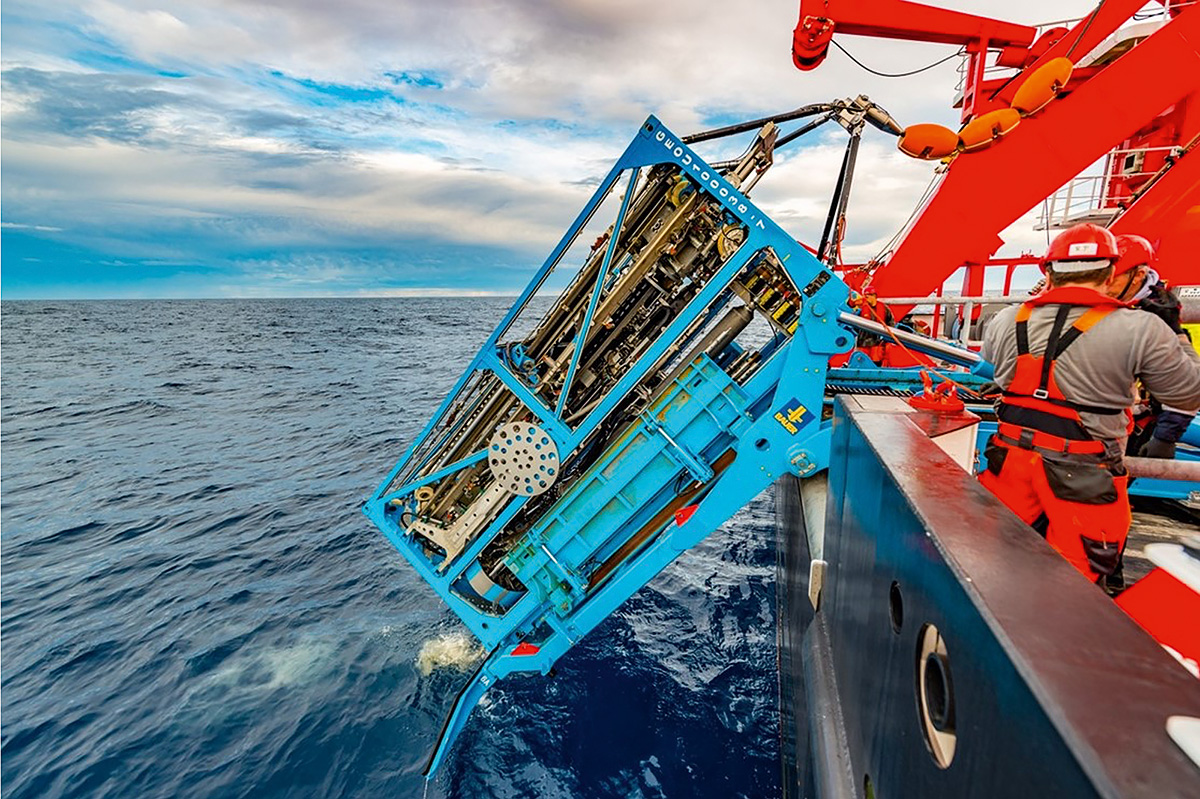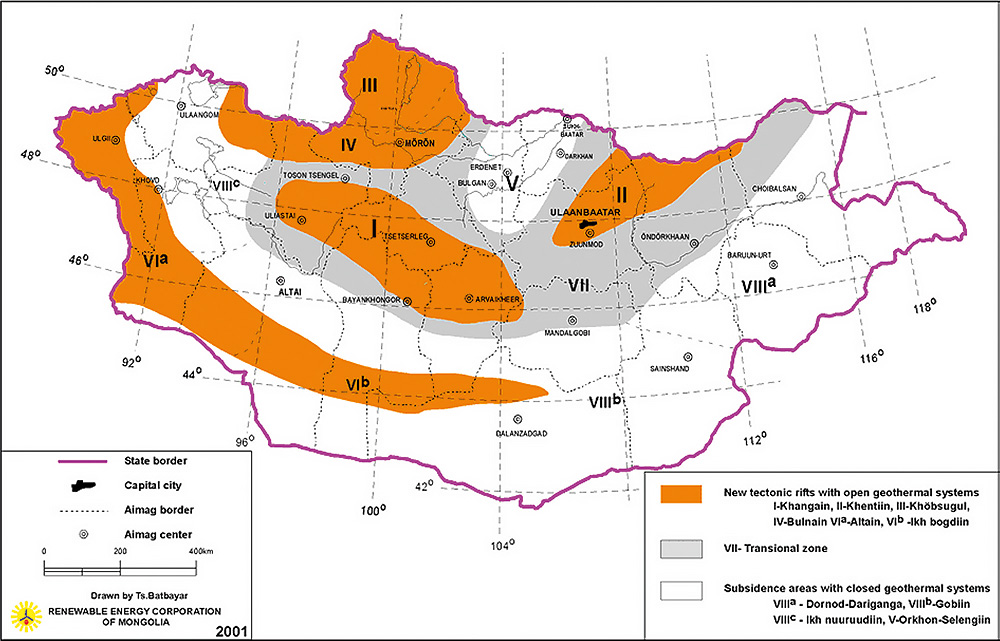The August 2015 edition of Mining Report Glückauf (MRG) was the first in the series to feature an article on “deep-sea mining” and with the growing global demand for metallic raw materials there has been no let-up in the amount of expert interest being shown in these marine mineral resources (MMR) from deep oceanic waters. However, whether subsea minerals should at some point in the foreseeable future be a source of supply for our industrial base is still a matter of great dispute. Many scientists and NGOs have expressed serious doubts about this, particularly on account of the potential environmental impact of deep-sea mining. Any commercial extraction of MMR will therefore require … Read more
With my best regards // Mit freundlichem Glückauf
Dipl.-Ing. Andreas-Peter Sitte
Chief Editor Mining Report Glückauf, Essen
Using Remote Sensing Data for Various Operational Tasks at the NRW Mining Authority

Within the scope of the basic mine-survey review all documentation available to the NRW Mining Authority was systematically analysed as part of an operation to record all aban-doned mining sites in North Rhine-Westphalia.Source: Geobasis NRW
Authors: BVAR’in Dipl-Ing. Britta Lindner, AdM OBVR Martin Isaac M. Sc., Dezernat 63, Abteilung Bergbau und Energie in NRW, Bezirksregierung Arnsberg, Dortmund/Germany
Read moreProgress in Marine Mineral Resource Research and Assessment – A German Perspective

Locations of global exploration licenses for manganese nodules (N), Co-rich ferroman-ganese crusts (C) and seafloor massive sulfides (S; for licenses within “the Area“, orange for licenses within EEZs). The locations of the only two deep-sea mining licenses (Atlantis II Deep in the Red Sea and Solwara 1 in Papua New Guinea) are indicated by the white squares. The location of the “Areas of Particular Environmental Interest” (size of 400 km by 400 km each) in the CCZ is provided as rectangles with a green outline (modified from (2)).
Author: Dr. Sven Petersen, GEOMAR Helmholtz Centre for Ocean Research, Kiel/Germany
Read moreDetection and Differentiation of Sand Content in Hydraulic Transport using Acoustic Emission Technology
Deep-sea mining represents an opportunity for an alternative supply of high-tech raw materials. A concept for the extraction of polymetallic nodules from the seabed envisages the use of a harvester that extracts the nodules using a hydraulic principle. To design an effective and efficient mining process, the composition of the material flows must be continuously monitored. A promising technology for this task is the Acoustic Emission (AE) technology, which has already been successfully used for material flow characterisation of aggregates transported by belt conveyors. In the scientific investigations presented in this paper, AE technology was used to differentiate different sand contents …Authors: Sunny Schoone M.Sc., Maximilian Getz M.Sc. and Univ.-Prof. Dr.-Ing. Elisabeth Clausen, Institute for Advanced Mining Technologies (AMT), RWTH Aachen, Aachen/Germany
Read moreThe “Vertical Approach” – a Sustainable Solution for Deep-Sea Mining and Sampling
The discovery of Seafloor Massive Sulfides (SMS) occurred in the Galapagos Rift area in 1977. A few years later, the former German mining company PREUSSAG AG started with the exploration of these newly discovered mineral resources followed by a first harvesting campaign of 30 t of massive sulfides collected with big TV-controlled grabs. In contrast to conventional mining concepts the “Vertical Approach“ method takes the three-dimensional conic shape of the SMS deposits into consideration, where the deeper portions of the deposit are getting more and more narrow. This approach is very selective and minimizes the recovery of lean ore rock material and thereby improves the efficiency of the method. The Vertical Approach uses the proven and tested trench cutter technology for loosening …Authors: Dipl.-Ozeanograph Johannes Post, DeepSea Mining Alliance e. V., Hamburg/Germany, Dipl.-Ing. Verena Schreiner and Dipl.-Ing. (FH) Leonhard Weixler, BAUER Maschinen GmbH, Schrobenhausen/Germany
Read moreExploration of Shaft Asse 5 and the Recovery Mine – Further Exploration of Salt Dome Asse Eastern of the Existing Mine
According to a comparison of options regarding mine closure of Asse II mine, issued during 2009/10 by the Federal Office for Radiation Protection as the former operator, the best option is to retrieve the radioactive waste stored underground between 1967 and 1978 firstly before mine closure. This additionally would achieve for approval of long-term safety. In 2013 the retrieval of radioactive waste received legal foundation through § 57b (Lex Asse) of the Atomic Energy Act. Due to enormous geo-mechanical stress of Asse II mine, a new shaft Asse 5 as well as underground development work will be necessary for the retrieval process that is assumed to last several decades. Both, shaft Asse 5 as well as the new underground mine, are planned to be developed eastern of the existing mine. Since 2013 exploration drillings and geophysical investigation are in operation in this area.Authors: Dipl.-Ing. Dieter Schleuter, Wriedel, Dipl.-Ing. Dipl.-Geol. Michael Sniehotta, Leiter der Arbeitsgruppe ASE-RH.1 Rückholbergwerk, Bundesgesellschaft für Endlagerung mbH (BGE), Peine/Germany
Read moreGeothermal Energy in Mongolia
Mongolia is a country rich in resources that faces many challenges in order to meet the requirements that were set in the Paris Agreement. The supply of electricity and heat for the cities, which are growing due to rural depopulation, specifically the capital Ulaanbaatar, is largely based on coal combustion in predominantly outdated power plants without flue gas purification systems. While the potential of renewable energy for generating electricity and heat is substantial, they are only seldomly used. Due to the low temperatures in Mongolia, the supply of space heating is particularly important. In view of its economic situation, it is to be evaluated, whether Mongolia can bear such investments without external help. There are plenty of examples for the use of hot geothermic water in rural areas, both to supply …Authors: Prof. Dr.-Ing. Mathias Bauer, Dipl.-Ing. Thomas Neu and Erdenebaatar Byamba M. Sc., CBM Gesellschaft für Consulting, Business und Management mbH, Bexbach/Germany
Read more



















